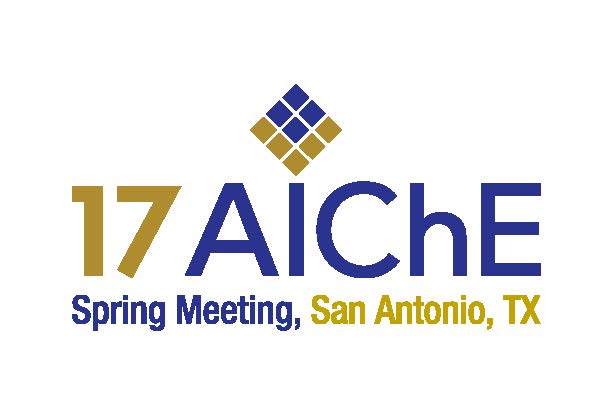

Our model operates on both a strategic and operative level, and maintains a balance between an organization focus and personnel focus. Model elements are:
Strategy - Enable employees to perform with a clearly defined, depicted, and communicated vision of safety and asset integrity excellence. Implement a strategy of robust risk avoidance, adding value by mitigating composite risk in a data-driven, continuously improving, compliant and holistic way.
Risk Culture - Facilitate an organizational culture of value creation, pushing for proactive moves to mitigate any risks rather than waiting to react after a preventable incident. Empower employees to feel part of the movement as they continuously grow and learn to mitigate risk.
Management System - Develop an effective KPI system that effectively triggers root-cause analyses, mitigates risks, develops remedial actions and follows through on effectiveness based on the established KPI system.
KPIs and Cockpit - Establish a real-time information dashboard that allows for fast decision making. This allows further investigation of root-cause analyses of incidents and non-incidents to begin proactive elimination of risk and further understanding of non-incidents.
Data and Analytics - Monitor and predict incident risks with data and analytics to close gaps between current performance and sustainable excellence. Remove risks with predictive analytics before gaps materialize, while prescribing resolutions.
Safety and Asset Management - Utilize already available data and predict potential future incidents while satisfying delivery objectives through efficient asset management and safety interventions
Workplace Design - Eliminate risk for human, machine, and the human-machine interaction. Create value by designing an efficient and ergonomic workplace, and make it impossible for accidents to occur.
BBS and Training - Design and implemented a well-supported and managed BBS system and asset training program. Help employees engage in safe behaviors, providing opportunities for risk avoidance and improvement in safety for the organization.
Compliance - Enforce a comprehensive compliance approach that enables the organization to evaluate all pertinent risks and monitor mitigation while enforcing best industry practices to prevent disruption of operations and eliminate potential risks.
Change Management - Accompany the change with a change management program, a key element of most effective risk mitigation systems, which assists with creating a proactive culture in the organization. Establish an effective communication strategy to accompany the change process on all levels.
People and machines create composite risk in a cybernetic way. Prescriptive analytics allows understanding of composite risk and proper intervention, which moves operations from cost avoidance to value creation, all while pushing past traditional safety plateaus.
Presenter(s)
Language
Pricing
Individuals
| AIChE Member Credits | 0.5 |
| AIChE Pro Members | $19.00 |
| Employees of CCPS Member Companies | Free |
| AIChE Graduate Student Members | Free |
| AIChE Undergraduate Student Members | Free |
| AIChE Explorer Members | $29.00 |
| Non-Members | $29.00 |
